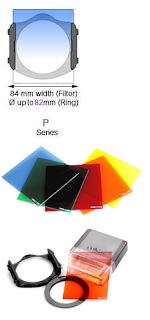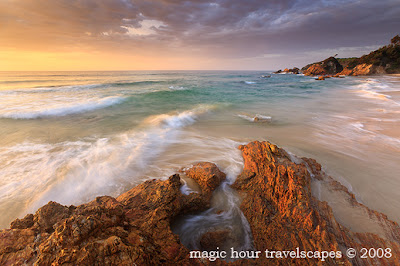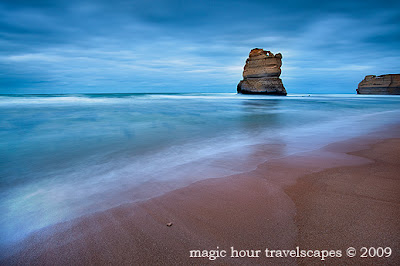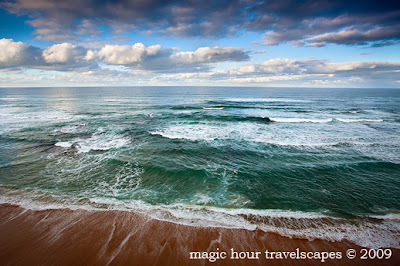Only few years ago, photographers and videographers were asking for special effect filters. Today, they ask for COKIN filters.
A French professional photographer, Jean Coquin, invented the concept of creative filter photography. To allow everybody to get a chance to produce great "creative images"
Jean Coquin`s designed a system with the following prerequisites: simplicity, rapidity of use and versatility is perfect for individual inspiration and creativity.
The more you learn about photography the more you'll also learn that artificial filters and manipulation are required to make a natural looking image. In the summer I had a stroke of good lack and I manage bought 2 Cokin filters for incredible low price. As a victim of online shopping I was searching for it for months, as if you want to buy new you have to pay a price, what is quite high.
So in my possession came two excellent filters…Graduated Sunset filter and Circular Polaraizer filter from Cokin P Series Filter range.
There are over 140 filters to choose from - the most popular are:

- Polarizers - Designed to eliminate unwanted reflections and darken skies.
- Graduated - Add colour to a scene by using a Cokin graduated filter to enhance a dull sky, or use a Sunset filter to add warmth.
- Pastels and Diffusers - Ideal for portraits, still life and landscapes, to create a moody atmosphere and a softer effect.
- Warm-up Filters - Add warmth to a portrait shot, giving improved skin tones.
- Colour Filters - Colour correction filters are available, as are Neutral Density filters and filters specifically designed for use with black and white film.
- Optical effects - There is a wide range of filters available to add special effects to photographs, such as Starbursts, Multi-image, close-up, Rainbow, Double exposure etc.

Graduated filters are easy to spot because half of them are clear while the other half will gradually fade to a colour. They're particularly useful for landscape photography because it means you can tone the sky a different colour, or enhance the blue, without affecting the land…There are lots of colours to choose from and each will have a different benefit.

Polarisers are an important part of photography because they're possibly the only filter that can't be replicated in post-software. They work by cancelling out or allowing polarised light - depending on where the filter is positioned - and if you allow the polarised light to come through, a camera won't record the non-polarised version so the information is generally lost. With a polariser, you can cancel some reflections from water and windows, deepen blue skies and increase saturation on bold colours such as green or red.
Because they perform more than one task it makes them good value for money although they generally cost more. There are two types to look out for: linear polarisers and circular polarisers.
Particularly designed for cameras, with a polarising half mirror - (split beam metering) and Digital cameras. This Polarising filter increases the colour saturation of blue skies and removes unwanted reflections from non-metallic surfaces such as glass, water, et cetera. The polarising effect can be changed by rotating the filter in the holder.
Most of photographer’s admitting, then selection of the proper filter is actually far more important than any choice of lens or camera.
I couldn’t more agree…specially in Landscape photography. The feel what right filter gives you rare can be manipulated on software. I found a really big difference using them over in holiday`s.... Sky what is at some point dull in colourless can applier brighter and more dynamic.
Also the all Cokin filter system is designed for easy to use as you can slide filter easy up and down, even using multiple filters together to create more dramatic look.
Sunrise over the waters....
I used my polarizer to calm calors, its very hard to explain how it works, as I don't have really examples of before or after...
Sunset by Baltic Sea...
Used Graduated Sunset filter and also Graduated ND filter....
Sunset in Land`s End...
Just used Sunset filter, but effects is very visible, as that day, sky wasn't given much performance.
More about benefits of using my filters I`ll will discuss together with structured and reasoned my final image explanation.








